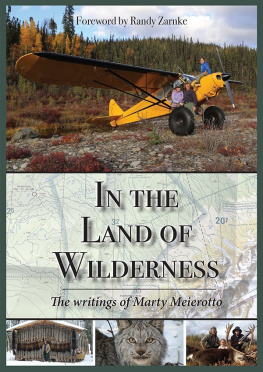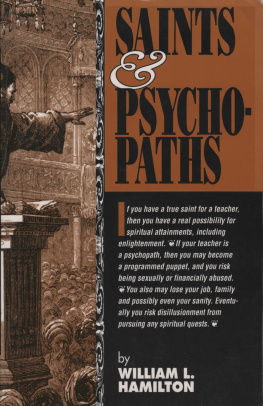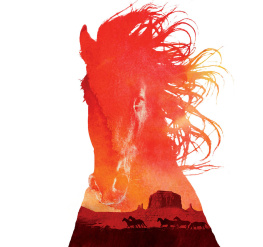First published in 1905
First Skyhorse Publishing edition 2015
All rights reserved. No part of this book may be reproduced in any manner without the express written consent of the publisher, except in the case of brief excerpts in critical reviews or articles. All inquiries should be addressed to Skyhorse Publishing, 307 West 36th Street, 11th Floor, New York, NY 10018.
Skyhorse Publishing books may be purchased in bulk at special discounts for sales promotion, corporate gifts, fund-raising, or educational purposes. Special editions can also be created to specifications. For details, contact the Special Sales Department, Skyhorse Publishing, 307 West 36th Street, 11th Floor, New York, NY 10018 or info@skyhorsepublishing.com.
Skyhorse and Skyhorse Publishing are registered trademarks of Skyhorse Publishing, Inc., a Delaware corporation.
Visit our website at www.skyhorsepublishing.com.
10 9 8 7 6 5 4 3 2 1
Library of Congress Cataloging-in-Publication Data is available on file.
Cover design by Jane Sheppard
Print ISBN: 978-1-62914-383-5
Ebook ISBN: 978-1-63220-056-3
Printed in the United States of America
Editors Note: This is a facsimile of the original edition, first published in 1905. Skyhorse is committed to preserving works of cultural importance and, as such, has elected to keep the text as close to the original as possible, despite some imperfections and antiquated cultural expressions. Though the editors have made minor adjustments to fill in missing or severely damaged text, none of the original language has been altered.
CONTENTS
ILLUSTRATIONS
H IS A RROW L ODGED IN THE F LESHY P ART OF MY
H ORSE S S HOULDER
THE WESTERN MOUNTAINEER
I N writing this book the author had only one end in view, that of relating in a simple way his experiences as a mountaineer. In these days, when such experiences are fast becoming a thing of the past, the story is of special interest.
The mountaineers as a class were unique. Life itself had little value in their estimation. They were pushing, adventurous, and fearless men, who thought nothing of laying down their lives in the service of a friend, or often, it might be, only as a matter of humanity. Theirs was a brotherhood in which one mans life was entirely at the service of any of its members, regardless of friendship or even of acquaintanceship.
Equipped with nothing but their skill and endurance, a few ponies, a gun or two, and provisions enough to last them for the day, they set out to make their way through a vast wilderness that held all the terrors of the unknown. They became self-reliant, and encountered obstacles only to overcome them with a dash and courage which amaze and delight us.
Mr. William T. Hamilton is a living example of this type of men. He is now in his eighty-third year, and is still in full possession of his acute intellect. He is a general favorite wherever he is known, and is familiarly styled Uncle Bill. He spent his whole life, from the time he was twenty, on the plains, and is an authority on Indian life and customs. He was also acknowledged by all to be the greatest sign-talker on the plains, either Indian or white; and was able to converse with all tribes. All Indian tribes use the same signs, though speaking a different language.
Sign-talking among Indians will soon be a lost art, for the present generation is not handing its knowledge down to its children. In 1882, while Mr. Hamilton was a witness in the Star Route trial in Washington, the Smithsonian Institution endeavored to photograph these signs, but with indifferent success.
The author has been extremely modest in describing the Indian fights, stating only the simple facts. These simple facts accentuate the valor and intrepidity of the trappers, when brought to bay by hostile tribes.
His story also gives, for the first time, an account of three years of the life of the great scout and mountaineer, Bill Williams, one of the prominent figures in the early history of the plains.
To the efforts of these heroes we owe the great advances civilization has made in the West. They reclaimed this vast and valuable territory from the outlaws and the Indians. They blazed the trail that was to lead the frontiersman to valuable deposits and rich agricultural regions. They set an example for courage and perseverance which will keep their memory always bright in the hearts of true Americans.
H ILMA S. S IEBER .
P ARK C ITY , M ONTANA , August, 1905.
CHAPTER I
The Vote that Made me an Indian Fighter. St. Louis. I Join Bill Williamss Party. The Boy Catches on. A Parley with Kiowas. Friendly Cheyennes. A Traders Trick. My First Sign-Talk. A Good Trade. Swift Runner my Friend. Athletics and Longevity.
O N the river Till, in Cheviot Hills, Scotland, in the year 1825, twenty-five men formed a company for the purpose of emigrating.
These men built themselves a bark, and when ready to sail held a council to determine whether their destination would be India or America. A vote was taken, which resulted in a tie, thus forcing the captain to cast his ballot. He voted for America, and by so doing destined me to fight Indians instead of hunting Bengal tigers in India. My father was one of the company, and his brother was the captain.
I was just two years and ten months of age when we landed at New Orleans.
My father had means and we travelled all over the States, finally settling in St. Louis eighteen months later. Here I remained until I was twenty years of age, receiving five years of schooling.
In the meantime chills and fevers were undermining my constitution, and the doctor ordered a change of climate. My father made arrangements with a party of hunters and trappers, who were in St. Louis at the time, to allow me to accompany them on their next trip, which would last a year.
The party consisted of eight men, all free trappers, with Bill Williams and Perkins as leaders. These two men had had fifteen years experience on the plains amongst Indians, and had a wide reputation for fearless courage and daring exploits.
A good trading outfit was purchased, one third of which my father paid for, giving me a corresponding interest in the trip.
We started in the spring of 1842 with wagons and pack animals, making for Independence, Mo., which was the headquarters for all mountaineers in those days. At Independence we sold our wagons and rigged up a complete pack outfit, as our route would take us where it would be difficult for wagons to travel.
I was still wearing my city clothes, and mountain men present asked Williams what he was going to do with that city lad in the mountains. This remark cut me deeply, and I hurried to the frontier store and traded all my fine clothes, shirts, and dickeys, which were worn in those days, for two suits of the finest buckskin, such as these merchants always kept on hand to fleece greenhorns like myself, making five hundred per cent, profit in the trade. Next morning I appeared dressed la prairie , and the old trappers noticed the change and said, Williams, that boy of yours will make a mountaineer if he catches on at this rate.


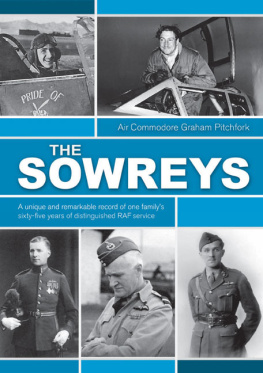



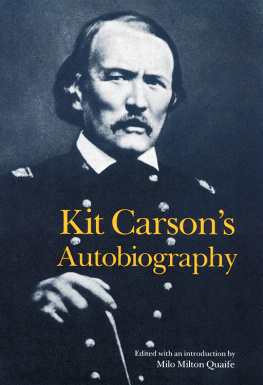
![A. K. ]]> - Rough Diamond: The Life of Colonel William Stephen Hamilton, Alexander Hamiltons Forgotten Son](/uploads/posts/book/377309/thumbs/a-k-rough-diamond-the-life-of-colonel.jpg)
